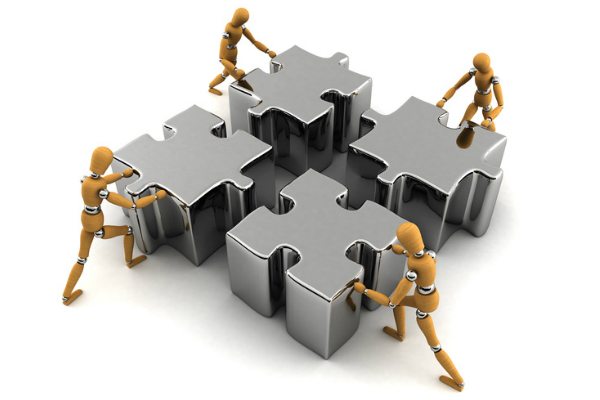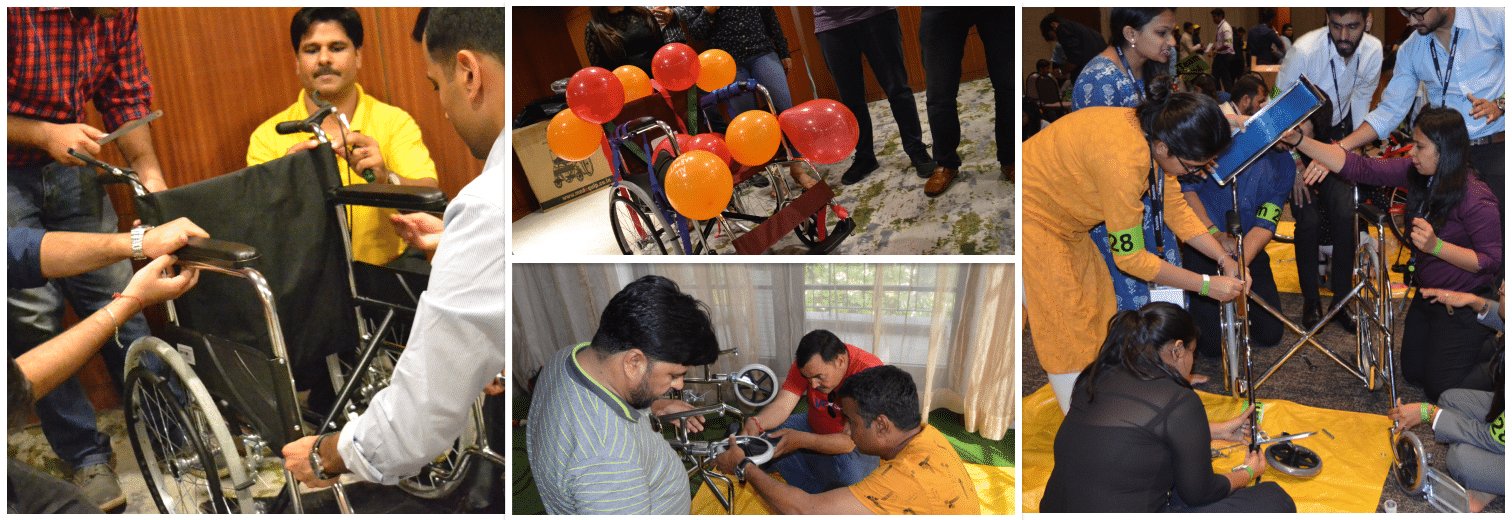“Great teams do not hold back with one another. They are unafraid to air their dirty laundry. They admit their mistakes, their weaknesses, and their concerns without fear of reprisal.”
– Patrick Lencioni
It’s not every day that you can draw leadership lessons from an animated superhero film. But Pixar’s The Incredibles has aged remarkably well since its release in 2004 — and remains a brilliant metaphor for team dynamics, leadership, and performance.
In our experience working with teams across industries, we’ve seen that the issues faced by the Parr family are surprisingly relatable. Despite being gifted with superpowers, the Incredibles struggle with the same challenges many corporate teams do: unclear roles, poor communication, lack of trust, and misaligned goals.
The movie blends high-octane superhero action with real human (and organizational) struggles: identity, relevance, and belonging. And behind the fun and flair lies a goldmine of lessons for L&D professionals, managers, and anyone interested in building high-performing teams.
The Parr Family: A Relatable Dysfunctional Team
Table of Contents
At first glance, The Incredibles is a family of superheroes forced into civilian life. Mr. Incredible (Bob), Elastigirl (Helen), and their children Dash, Violet, and baby Jack-Jack, are dealing with an identity crisis. Their superpowers are suppressed by law, and the family struggles to adapt to a “normal” life.
- Bob is stuck in a monotonous job, yearning for the thrill of being a hero again.
- Helen is focused on holding the family together, often at the cost of her own needs.
- Dash is frustrated because he can’t express his potential.
- Violet lacks confidence and wants to be invisible in more ways than one.
None of them are living fully authentic lives — a feeling many professionals quietly endure in their roles.
We’ve noticed in our leadership workshops that people often disconnect from their roles when they aren’t allowed to bring their full selves to work. The result? A team that functions at half its potential.
Trust and Vulnerability: The Core of Team Unity
The first half of the film shows a team marked by distrust and miscommunication. Bob, especially, hides his emotions and ambitions, much like many leaders who feel the pressure to appear infallible.
In our training sessions, we often ask teams: When was the last time you admitted you needed help? The most common response is silence.
Bob eventually reaches a breaking point. It’s only when he opens up to Helen about his fears — his need to be super again and his terror of losing his family — that the team begins to heal.
This mirrors what Patrick Lencioni describes in The Five Dysfunctions of a Team: trust is the foundation. Without vulnerability-based trust, teams become silos of self-preservation.
Key takeaway: Psychological safety is essential. Teams that feel safe to speak up, admit mistakes, and ask for help consistently outperform those that don’t.
Strategy, Planning & Alignment: From Chaos to Collaboration
Once reunited, the Parrs must work together to defeat Syndrome. But here’s the kicker — they start off as a team without a plan. Helen rushes in alone. Bob tries to handle everything himself. The kids are sidelined. Sound familiar?
In our team alignment workshops, we see this all the time: brilliant individuals working at cross-purposes.
But then something shifts.
Helen learns to trust her children’s abilities.
Dash and Violet step up.
Bob shares the responsibility.
They form a cohesive unit. They plan. They delegate. They execute. And they win — not just by defeating Syndrome, but by discovering what it means to function as a truly collaborative team.
Key takeaway: High-performing teams commit to a shared goal, leverage each other’s strengths, and adapt dynamically. Strategy isn’t just for leaders — it’s a team sport.
The Value of Individual Strengths: Everyone Has a Superpower
Each member of the family brings something unique:
- Bob has brute strength.
- Helen has flexibility.
- Dash has speed.
- Violet has invisibility and force fields.
- And Jack-Jack… well, he’s a wild card of untapped potential.
What’s remarkable is how each person’s abilities become vital to the mission—but only when used in synergy with the others.
In our experience, one of the biggest shifts a team can make is moving from “I need to fix my weaknesses” to “I need to bring my strengths fully and let others cover the rest.”
Too often in the corporate world, we box people into rigid roles. But just like in The Incredibles, it’s when everyone is allowed to operate from their zone of genius that the magic happens.
Key takeaway: Great teams are not built by cloning competence; they’re built by honoring difference.
Leadership Lessons from Helen and Bob
While Bob is the obvious superhero, it’s Helen who shows some of the strongest leadership growth. She adapts, plans, delegates, and supports. Bob learns humility, shares his burden, and reconnects with his purpose.
Together, they evolve from being lone warriors to collaborative leaders.
In many organizations we’ve worked with, we see this transition: leaders who start off believing they must have all the answers, only to realize that real power comes from enabling others.
Bringing It Back to the Workplace
So what can L&D and HR professionals take from all this?
- Team unity comes from trust, not task lists. Create spaces for your teams to connect beyond KPIs.
- Let people bring their whole selves to work. Psychological safety fuels authenticity and innovation.
- Train for collaboration, not just individual excellence. The future of work is about how we work together.
- Recognize hidden superpowers. Your quietest employee might just be your Violet.
- Support leaders in evolving their style. From directive to inclusive, from soloist to conductor.
Final Thoughts: Every Team Can Be Incredible
Not every team gets to fight crime or save the world. But every team faces its own version of villains: silos, disengagement, miscommunication, burnout.
The good news? Every team also has heroes. The key is to help them see it in themselves and in each other.
In our work at FocusU, we’ve learned that the most incredible teams aren’t made overnight. They’re shaped through shared experiences, difficult conversations, and mutual growth. Like the Parrs, they evolve.
So whether you’re an L&D leader designing a team offsite, a manager facing conflict in your group, or an employee trying to bring out the best in your peers — remember:
You don’t need a cape to be a hero. Just the courage to show up for your team.
Watch the film. Reflect on your team. Ask yourself: What would it take for us to be incredible?





